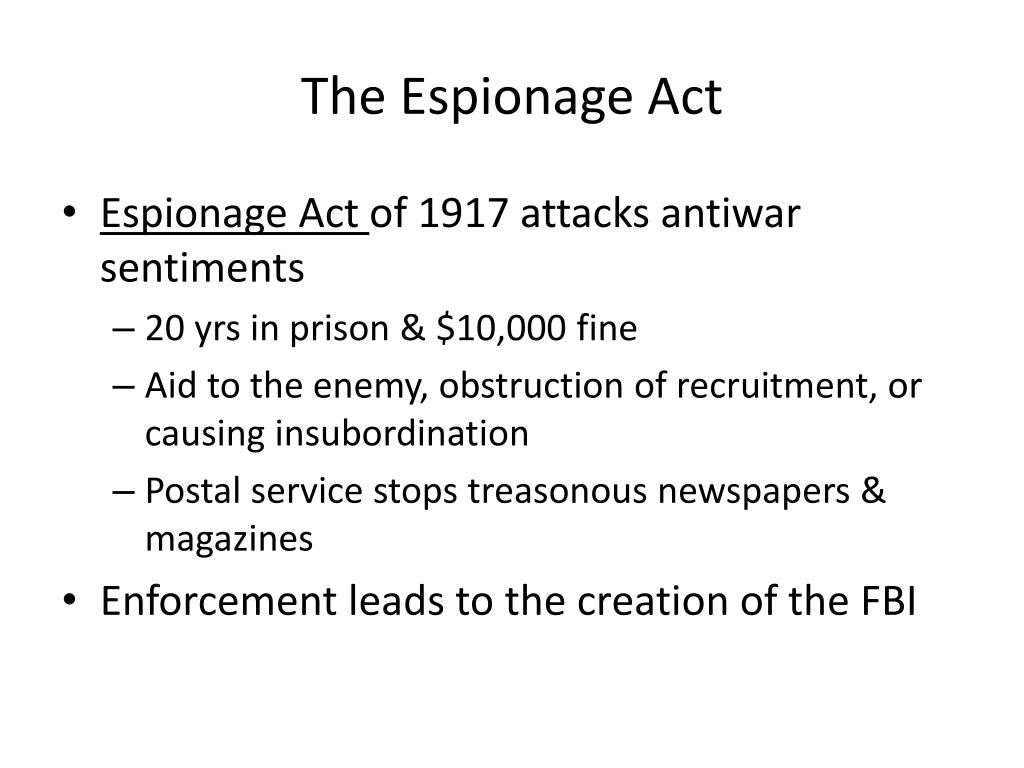

Cyber espionage exploits the anonymity, global reach, scattered nature, the interconnectedness of information networks, the deception opportunities that offer plausible deniability.Įconomic and industrial espionage, including cyber espionage, represents a significant threat to a country’s prosperity, security, and competitive advantage. social engineering to the persons that have authorized access to systems or devices, to obtain information.Ĭyber espionage involves cyber attacks to obtain political, commercial, and military information.Ĭyber espionage and traditional espionage have similar or the same end goals. unauthorized access to systems or devices to obtain information, Cyber-HUMINT refers to the strategies and practices used in cyberspace, in order to collect intelligence while attacking the human factor.Ĭyber-HUMINT starts with traditional human intelligence processes (recruitment, training, intelligence gathering, deception etc.), combined with social engineering strategies and practices. HUMINT is the oldest form of intelligence gathering. Intelligence gathering involves human intelligence (HUMINT - information collected and provided by human sources), signals intelligence (SIGINT - information collected by interception of signals), imagery intelligence (IMINT), measurement and signature intelligence (MASINT), geospatial intelligence (GEOINT), open-source intelligence (OSINT), financial intelligence (FININT), etc. The prefix cyber has been added to a wide range of words, to describe new flavors of existing concepts, or new approaches to existing procedures. With the word cyber we also refer to anything relating to computers, systems, and devices, especially the internet. It relates to data processing, data transfer, or information stored in systems. The aim of such activities is often to weaken the cohesion of international groups or institutions and thereby to restrict their ability to act."Ĭyber is a prefix used to describe new things that are now possible as a result of the spread of computers, systems, and devices, that are interconnected. Both can be achieved through the selective publication of information. It can furthermore be observed that information is increasingly being procured with the aim of influencing (in so-called influence operations) or damaging the actions of rivals. For example, states strive, using information obtained by their intelligence services, to gain a fuller picture of the situation in order to improve the effectiveness of their actions. Federal Bureau of Investigations (FBI) defines economic espionage as "the act of knowingly targeting or acquiring trade secrets to benefit any foreign government, foreign instrumentality, or foreign agent."Īccording to the 2019 Situation Report of the Swiss Federal Intelligence Service (FIS): "Espionage is driven by a variety of different motives and has more than one aim. Espionage is “the practice of spying or using spies, to obtain information about the plans and activities especially of a foreign government or a competing company.” The Merriam-Webster's Dictionary has a slightly different opinion. The Oxford’s English Dictionary defines espionage as “the practice of spying or of using spies, typically by governments, to obtain political and military information.” information available through conventional means.Īccording to the Central Intelligence Agency, “reduced to its simplest terms, intelligence is knowledge and foreknowledge of the world around us-the prelude to decision and action by US policymakers.”Įspionage is a set of intelligence gathering methods.


information about “things foreign” that is collected by clandestine means, Intelligence is the collection of information that have military, political, or economic value.Īccording to the Aspin–Brown Commission (that was chartered by US Congress in October 1994 to conduct a comprehensive review of American intelligence), “it is preferable to define intelligence simply and broadly as information about “things foreign”- people, places, things, and events - needed by the government for the conduct of its functions.”


 0 kommentar(er)
0 kommentar(er)
